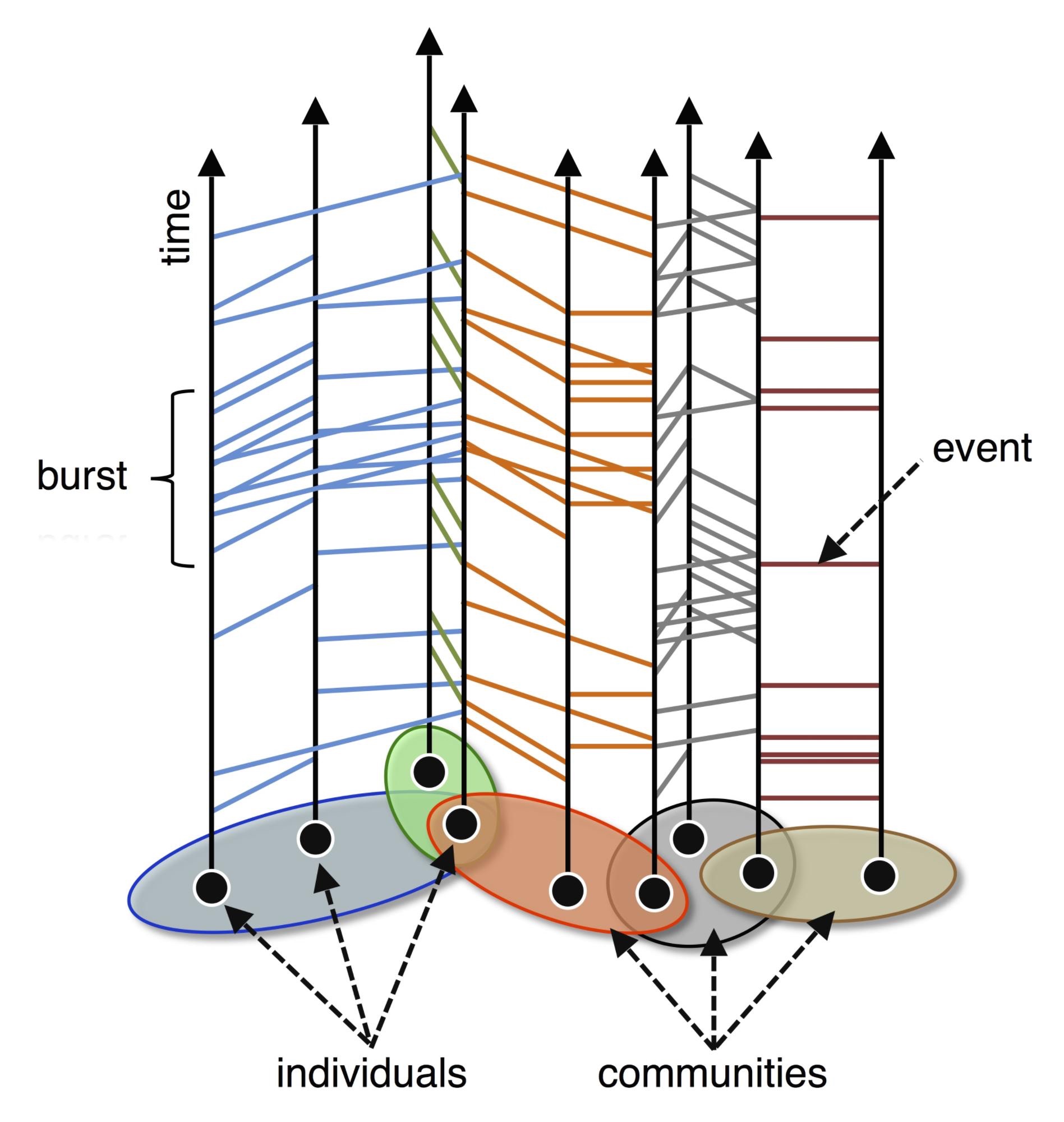* 2006/07/24
... When defining complexity, three fundamental points ought to be considered (Badii, 1992):
1. Understanding implies the presence of a subject having the task of describing the object, usually by means of model predictions. Hence, complexity is a "function" of both the subject and the object.
2. The object, or a suitable representation of it, must be conveniently divided into parts which, in turn, may be further split into subelements, thus yielding a hierarchy. Notice that the hierarchy need not be manifest in the object but may arise in the construction of a model. Hence, the presence of an actual hierarchical structure is not an infallible indicator of complexity.
3. Having individuated a hierarchical encoding of the object, the subject is faced with the problem of studying the interactions among the subsystems and of incorporating them into a model. Consideration of the interactions at different levels of resolution brings in the concept of scaling. Does the increased resolution eventually lead to a stable picture of the interactions or do they escape any recognizable plan? And if so, can a different model reveal a simpler underlying scheme?
- Badii and Politi, Complexity: Hierarchical structures and scaling in physics (1997), pp. 6-7.
그래서 뭐?
---
내멋대로 번역:
복잡성을 정의할 때 세 가지 기본적인 점들이 고려되어야 한다:
1. 이해는 객체/대상을 기술하는 일(주로 모형 예측에 의해)을 하는 주체가 있다는 것을 전제한다. 그러므로 복잡성은 주체와 객체 모두의 '함수'이다.
2. 객체, 또는 그것의 적절한 표현은 편의상 부분들로 나뉘어져야 한다. 각 부분들은 또한 더 작은 구성요소들로 쪼개질 수 있고 그 결과로 위계가 나타난다. 객체에서 위계가 명백히 나타날 필요는 없지만 모형을 구성하는 과정에서 나타날 수는 있다는 것을 알아야 한다. 그러므로 현재 위계구조가 있다는 것이 반드시 복잡성이 있다는 것을 가리키지는 않는다.
3. 객체를 위계적으로 부호화하여 구별짓고나서 주체는 하위 시스템들의 상호작용을 연구하여 그것들을 모형으로 짜넣는 문제에 부딪힌다. 상호작용의 여러 수준의 해상도들을 고려하다보면 눈금잡기라는 개념이 필요해진다. 해상도를 키우면 상호작용의 그림이 더 안정해질까, 아니면 우리의 인식가능한 계획으로부터 멀어질까? 만일 그렇다면, 또 다른 모형이 더 단순한 기본 구조를 드러낼 수 있을까?

